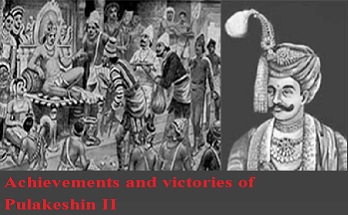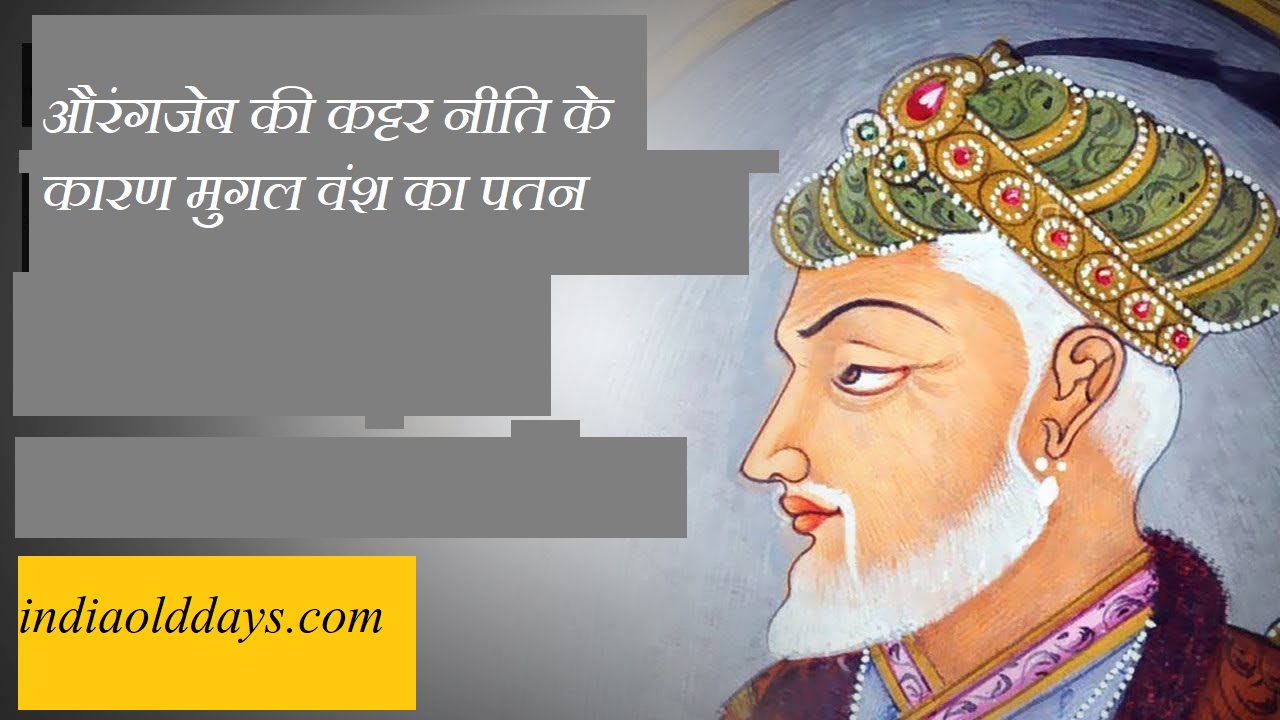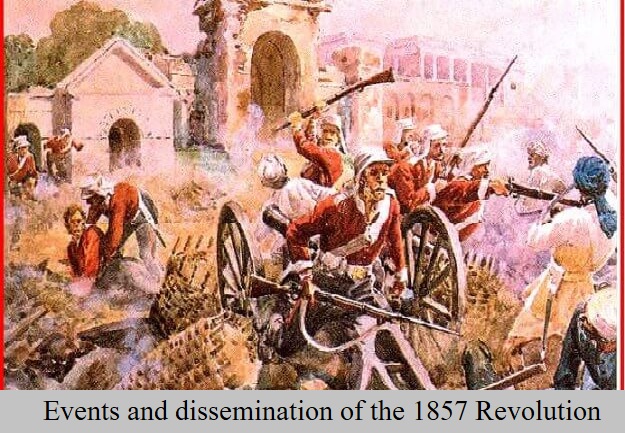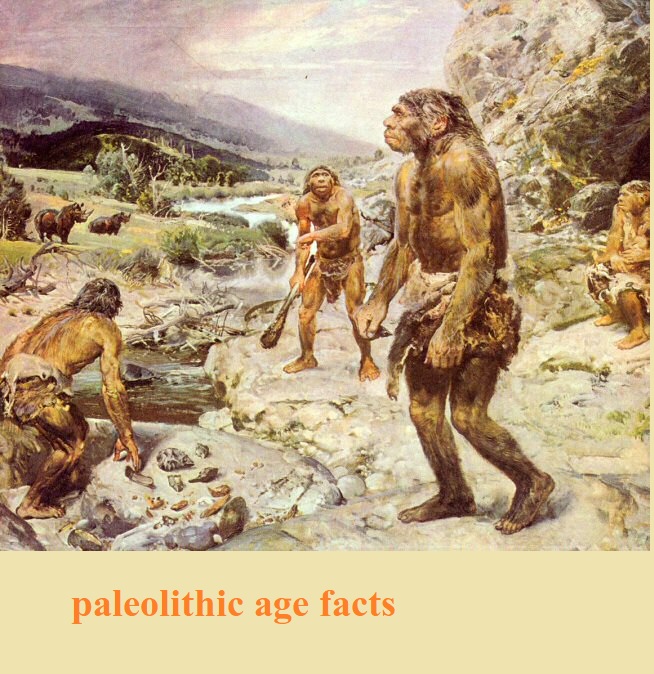Uncategorized
History of mass movement between 1757 to 1858
The mass movements before the revolution of 1857 can be divided into political- religious agitations, the movement of dependents of deposed rulers, and the movement of deposed rulers and landlords.
Fakir rebellion, Sanyasi revolt, Vahabi movement and Kuka rebellion are important under the political-religious movement.
Fakir revolt (फकीर विद्रोह )
- This movement started in Bengal in 1776-77. It was a group of roamer Muslim religious fakirs, whose leader ManjanoomShah revolt against the British in 76-77 and recovered wealth from landlords and farmers.
- After the death of ManjanoomShah , Chiragali Shah became the leader of the movement. Hindu leaders such as Bhawani Pathak and Devi Chaudhary helped in this movement.
Monastic revolt ( संन्यासी विद्रोह ): 1770-80
- This revolt took place in Bengal. In 1770, a famine in Bengal caused it to suffer from anarchy and misery; On the other hand, the ban on the pilgrimage places made the monastics so disturbed that they came to the revolt.
- Most of these monastics were followers of Shankaracharya who was a Hindu Naga and Giri Armed. These monastics together with the public attacked the British colonies and looted the treasury.
- Warren Hastings succeeded in suppressing the rebellion after a long military campaign.
- Bankim Chandra Chattopadhyay mentioned this revolt in his novel Anand Math.
Pagalpanthi revolt
- It was a religious sect that was active in the north-eastern part of India, based on the principles of truth, equality, and brotherhood.
- Tipu the leader of the Pagalpanthi sect rebelled in support of the cultivators against the landlords and attacked them in 1813.
- Tipu was so powerful at the time of the rebellion that he appointed a judge,magistrate and a district official. The rebellion was suppressed in 1833.
Wahhabi movement (1820-70)
- It was originally a reformist movement that was active in North West, East, and Central India. The aim of the Wahhabi movement was to liberate Muslim society from corrupt religious practices.
- The founder of the Wahhabi movement was Abdul Wahhab. Sayyed Ahmad Raibrelwi (1703-87) made this movement popular in India.
- Sayyed Ahmed wanted to re-establish the Muslim power by overthrowing the British in Bengal and the Sikhs in Punjab. He himself wearing military costumes and trained his followers to possess the weapon.
- Sayyed Ahmad took over Peshawar for some time in 1830 and he executed coins of his name, but soon he died in 1831.
- Patna became the main center of the Wahhabi movement after the death of Sayyed Ahmed. Vilayat Ali, Inayat Ali, Maulavi Qasim, Abdullah etc. were the other important leaders of this movement.
- It is said that the Wahhabi movement was more planned and well-organized than the rebellion of 1857.
- Though the Wahhabi movement was communal, it never opposed the Hindus. The aim of the movement was to liberate India from the British and to establish a Muslim state.
Kuka Movement (1860-70)
- This movement also started in the form of a religious movement but soon it turned into a political movement.
- The Kuka movement in western Punjab started under the leadership of Bhagat Jawaharlal. Jawaharlal, popularly known as Sian Sahib, started the Kuka Movement to overcome superstitions and evils of Sikhism.Jawaharlal’s pupil Baba Singh with his followers built his headquarter in
- Hazari, located in the north-west frontier province.
- The Kuka Movement, in the end, had the goal of establishing Sikh sovereignty by abolishing British rule over Punjab. The government launched a campaign in 1863-72 to suppress this movement.
- The government exiled Ramakrishna Kuka, the leader of the Kuka movement to Rangoon, where he died in 1885.
Reference : https://www.indiaolddays.com/




